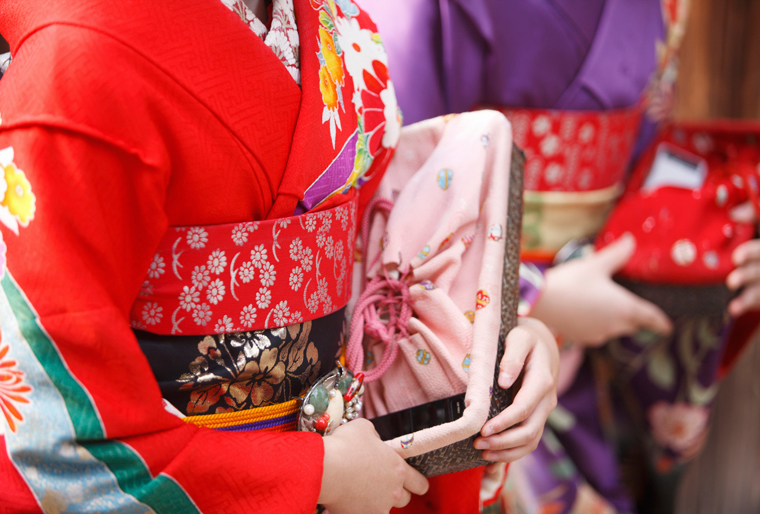| A variety of dyes are handled in the Dyestuff Division, such as disperse dyes, reactive dyes, cationic dyes, solvent dyes, direct dyes, acid dyes, vat dyes, etc. |
|
|
|
| Although these dyes are naturally classifiable from their chemical structure, we'll try focusing on the items we want to dyes (materials) for purposes of classification this time. |
|
|
|
| ・Polyester --> disperse dyes |
|
| ・Acetate --> disperse dyes |
|
| ・Cotton --> reactive dyes, direct dyes, indanthrene dyes |
|
| ・Hemp, rayon --> reactive dyes |
|
| ・Acrylic --> cationic dyes |
|
| ・Silk, wool --> acid dyes, reactive dyes |
|
| ・Nylon --> acid dyes, reactive dyes |
|
| ・Leather --> acid dyes |
|
|
|
| Take a look at the material of your clothing. When dyeing clothes, only dyes and pigments that match the materials are used. |
|
| Although there is no example above, solvent dyes are used for plastics (resin) and direct dyes are used for paper. Pigments are used with a binder for dyeing various materials. |
|




